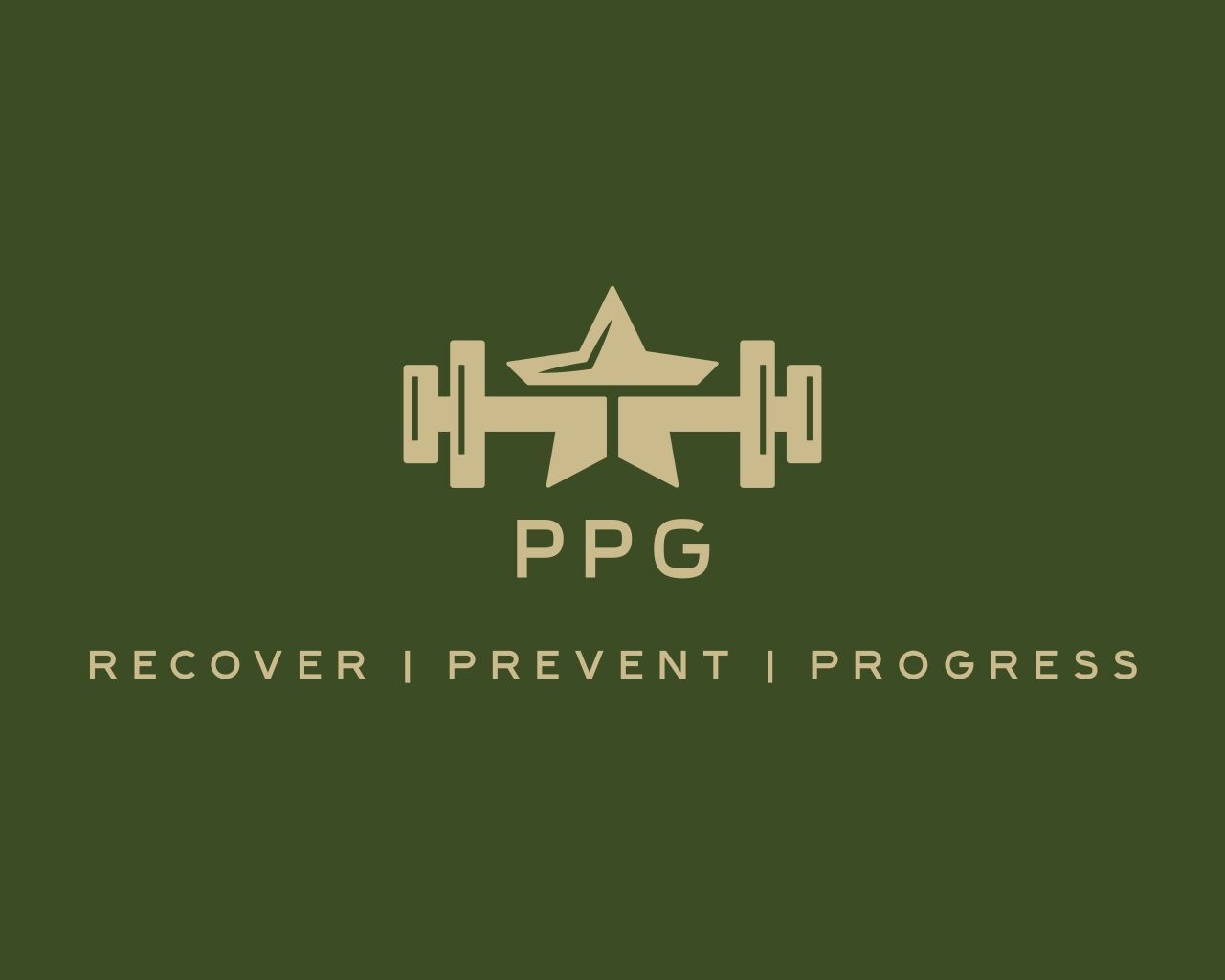From Explosiveness to Bone Health
From Explosiveness to Bone Health
Plyometric training, often referred to as "jump training," is a dynamic form of exercise that focuses on maximizing the rate of force production. It involves rapid, explosive movements that stretch a muscle (eccentric phase) immediately before it contracts (concentric phase), utilizing the body's natural elastic properties. This stretch-shortening cycle (SSC) is central to plyometrics, enabling the muscles to generate more power and force than they could through a purely concentric contraction. By quickly absorbing and then releasing energy, plyometric exercises train the neuromuscular system to react more efficiently and powerfully, leading to a host of athletic advantages.
Here are the key benefits of incorporating plyometric training into your fitness regimen:
1. Supercharged Power and Explosiveness
Perhaps the most renowned benefit of plyometrics is its ability to significantly enhance power output. Power is a combination of strength and speed, and plyometric exercises directly target this by teaching muscles to contract more forcefully and rapidly. Activities like box jumps, broad jumps, and medicine ball throws train the fast-twitch muscle fibers, which are crucial for explosive movements. This translates to improved performance in activities requiring bursts of energy, such as sprinting, jumping, and throwing.
2. Enhanced Athletic Performance
Beyond general power, plyometrics offer a broad spectrum of improvements for overall athleticism. By improving the efficiency of the stretch-shortening cycle, athletes can expect:
Increased Vertical Jump Height: A direct result of enhanced leg power and muscle elasticity.
Faster Sprint Speeds: Improved ground reaction forces and leg drive contribute to quicker acceleration and top-end speed.
Agility and Quickness: The rapid changes in direction and explosive movements inherent in plyometrics translate to better responsiveness and maneuverability on the field or court.
Improved Throwing and Striking Power: Upper body plyometrics (e.g., plyo push-ups, medicine ball slams) can enhance the power behind throws, punches, and swings.
3. Stronger Tendons and Ligaments (Injury Prevention)
While often associated with high-impact movements, when implemented correctly and progressively, plyometric training can actually contribute to injury prevention. The controlled stress placed on tendons and ligaments during plyometric exercises helps to strengthen these connective tissues, making them more resilient and better able to withstand the demands of athletic activity. This can lead to a reduced risk of sprains, strains, and other common sports injuries, particularly in sports involving jumping, landing, and rapid changes in direction.
4. Improved Neuromuscular Efficiency
Plyometrics train the nervous system to communicate more effectively with the muscles. This means that the brain learns to recruit more muscle fibers, and those fibers learn to activate more quickly and synchronously. This enhanced neuromuscular efficiency not only contributes to greater power but also improves coordination, balance, and reaction time – all critical components of athletic performance.
5. Bone Density Improvement
The impact and stress generated during plyometric exercises, especially those involving jumping and landing, can stimulate bone remodeling. This process helps to increase bone mineral density, making bones stronger and more resistant to fractures. This benefit is particularly important for athletes and individuals looking to maintain bone health as they age.
6. Calorie Burn and Body Composition
Due to their high intensity and demand on multiple muscle groups, plyometric workouts are excellent for burning calories. The explosive nature of these exercises elevates the heart rate significantly, leading to a high energy expenditure during the session and an elevated metabolic rate afterward (EPOC - Excess Post-exercise Oxygen Consumption). While not primarily a weight-loss strategy, regular plyometric training can contribute to a leaner body composition when combined with a balanced diet.
Important Considerations:
While the benefits are compelling, it's crucial to approach plyometric training with caution and proper progression. Due to the high impact nature, adequate foundational strength, flexibility, and proper landing mechanics are essential to prevent injuries. It's often recommended to start with lower-intensity exercises and gradually increase the complexity and intensity as your body adapts. Consulting with a qualified fitness professional can ensure safe and effective integration of plyometrics into your training program.
In conclusion, plyometric training offers a powerful avenue for athletes and fitness enthusiasts alike to unlock their full athletic potential. By focusing on explosive power, agility, and neuromuscular efficiency, it can significantly enhance performance, contribute to injury resilience, and build a more robust and athletic physique.
Recover | Prevent | Progress
Prevent Pro Gear LLC.





